New Delhi, May 29 — The Supreme Court on Tuesday issued a strong rebuke to the Jammu and Kashmir administration for its handling of a contempt case, criticizing senior bureaucrats for bypassing procedural norms and showing reluctance to appear before the High Court in a matter concerning contractor payments.
A bench of Justices Surya Kant and Dipankar Datta was hearing a special leave petition filed by the Union Territory administration, challenging two orders passed by the Jammu & Kashmir and Ladakh High Court—one by a single judge and another by a division bench. The issue originated from a High Court directive that instructed the administration to clear admitted payments to plant suppliers within two months, a direction that remained unfulfilled.
When the payments were not made, the affected contractors initiated contempt proceedings. Rather than responding to the single judge who had issued the directive, the UT administration filed an intra-court appeal before the division bench, which was subsequently dismissed. The matter was then taken to the Supreme Court.
Criticising this approach, Justice Surya Kant remarked, “Sometimes bureaucrats have arrogance, they don’t want to go before high courts.” The bench asserted that the administration should have complied with the process and explained their position before the single judge.
“It is the bounden duty of the petitioners to explain to the single judge before whom the contempt proceeding is pending that the respondents have either been paid their due amount or they are not entitled to such payment,” the court noted in its ruling.
The court added that it is within the High Court’s authority to assess the explanation and determine the course of action according to law. Addressing concerns raised earlier about a potential “roving inquiry” by the single judge, the apex court clarified that any such inquiry must remain within legal parameters and be specific to individual claims.
During the hearing, Additional Solicitor General Brijendra Chahar, representing the UT administration, pointed out that a show-cause notice had been issued, implying a presumption of contempt. This drew a sharp response from the bench.
Justice Dipankar Datta noted, “The concerned officer has been asked to attend virtually. He can explain it to the court if his counsel is not in a position to explain. You should not have gone for a division bench appeal. Nobody has yet held that you are in contempt.”
When the ASG insisted on the significance of the show-cause notice, Justice Surya Kant responded, “So what? Why can’t they go and explain? Every show-cause notice we will start examining here, then?”
Justice Datta added, “The first thing a court is required to do on receiving a petition is issue a show-cause. So you mean to say no show-cause can be issued to bureaucrats?”
Rejecting arguments that the High Court had wrongly entertained the contempt petition, the Supreme Court stated unequivocally, “The High Court will examine it, before which contempt is pending. We are not sitting here as advisors, that we will tell the High Court on behalf of these babus whether contempt is made out or not.”
The court concluded that if any punitive action is ultimately taken by the single judge, the concerned officer retains the right to challenge the decision before the High Court’s division bench.
This stern message from the apex court reinforces the expectation that government officials must engage sincerely with judicial proceedings and not treat legal avenues as mechanisms to avoid responsibility.




















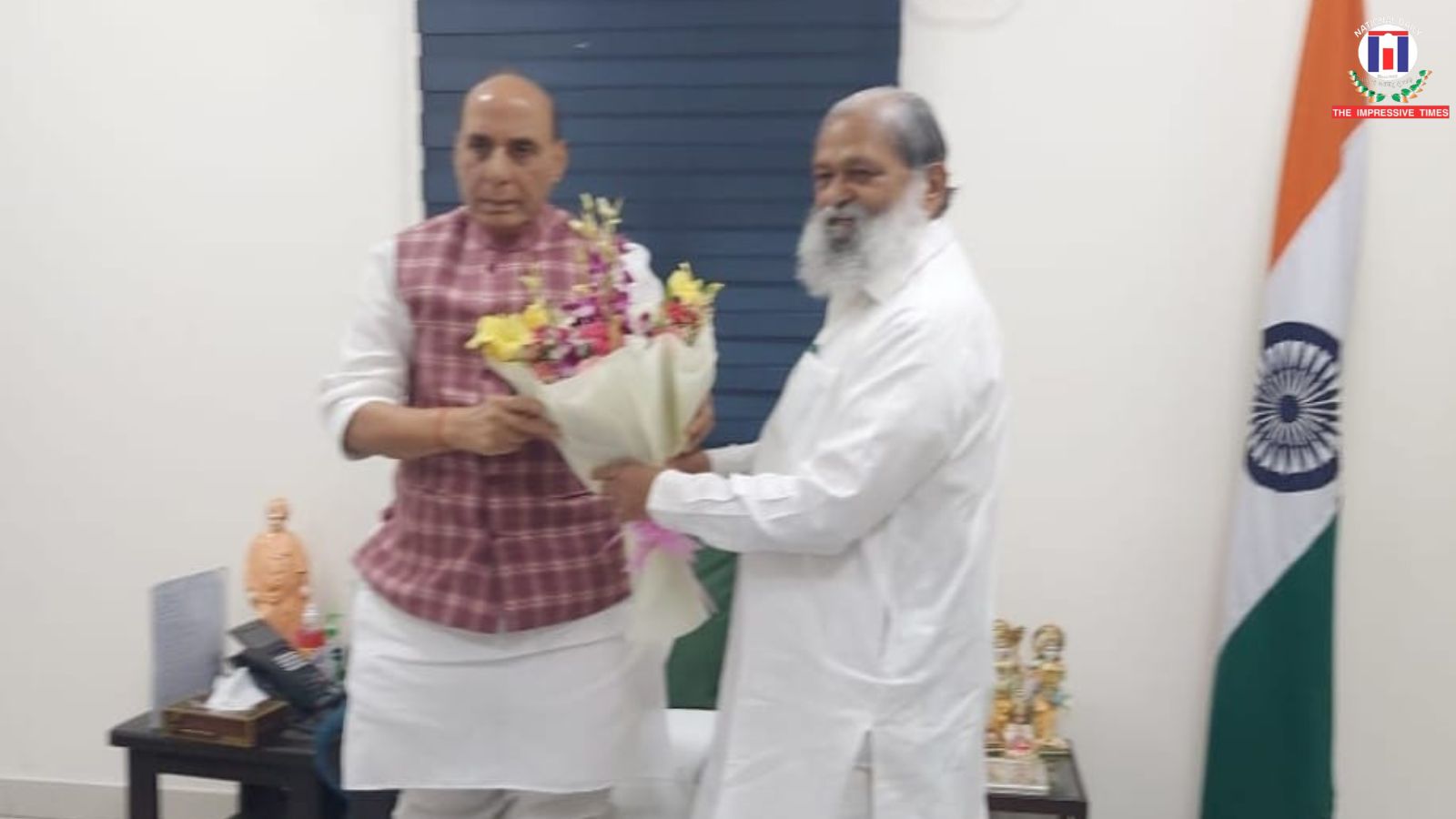
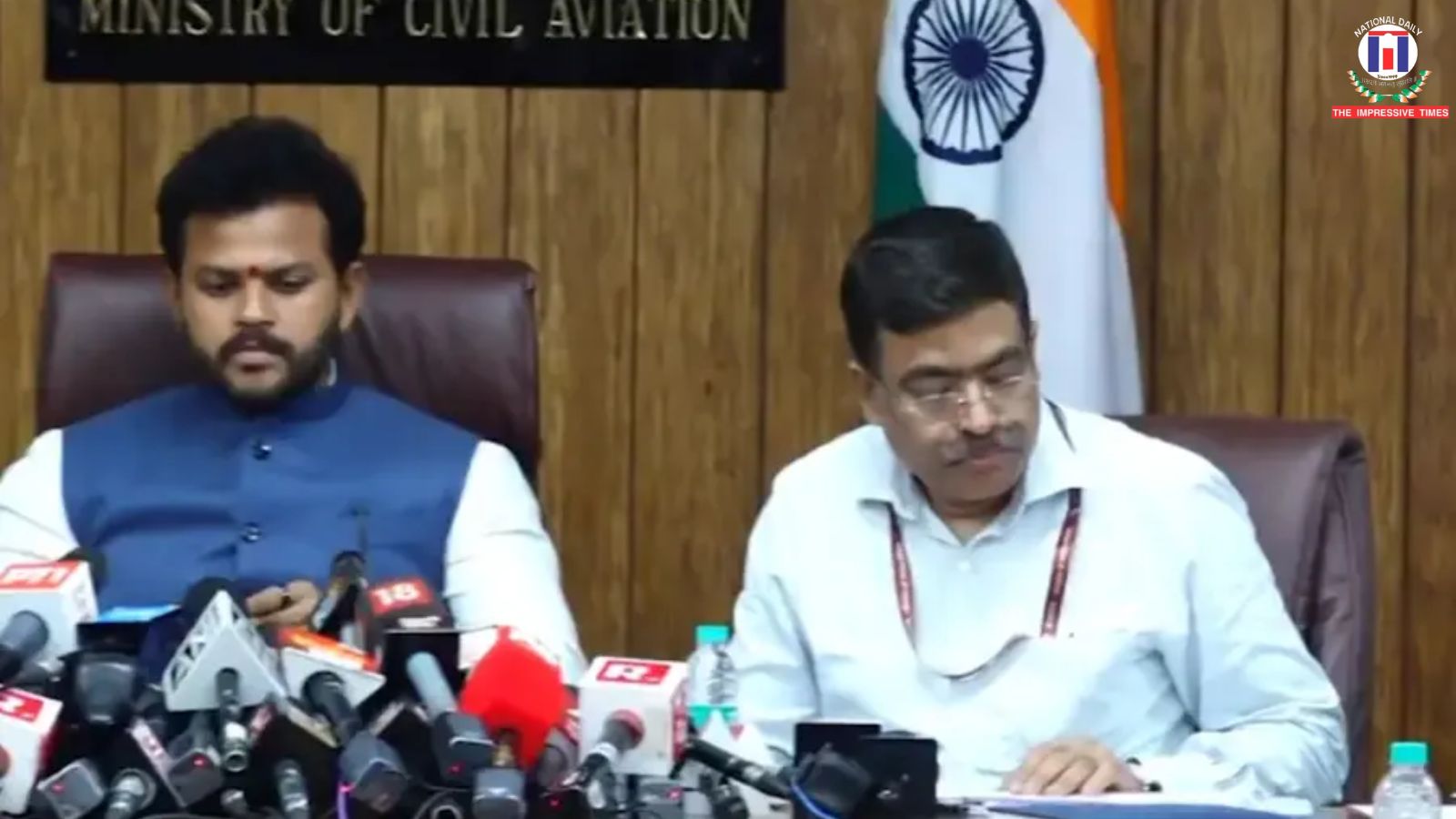


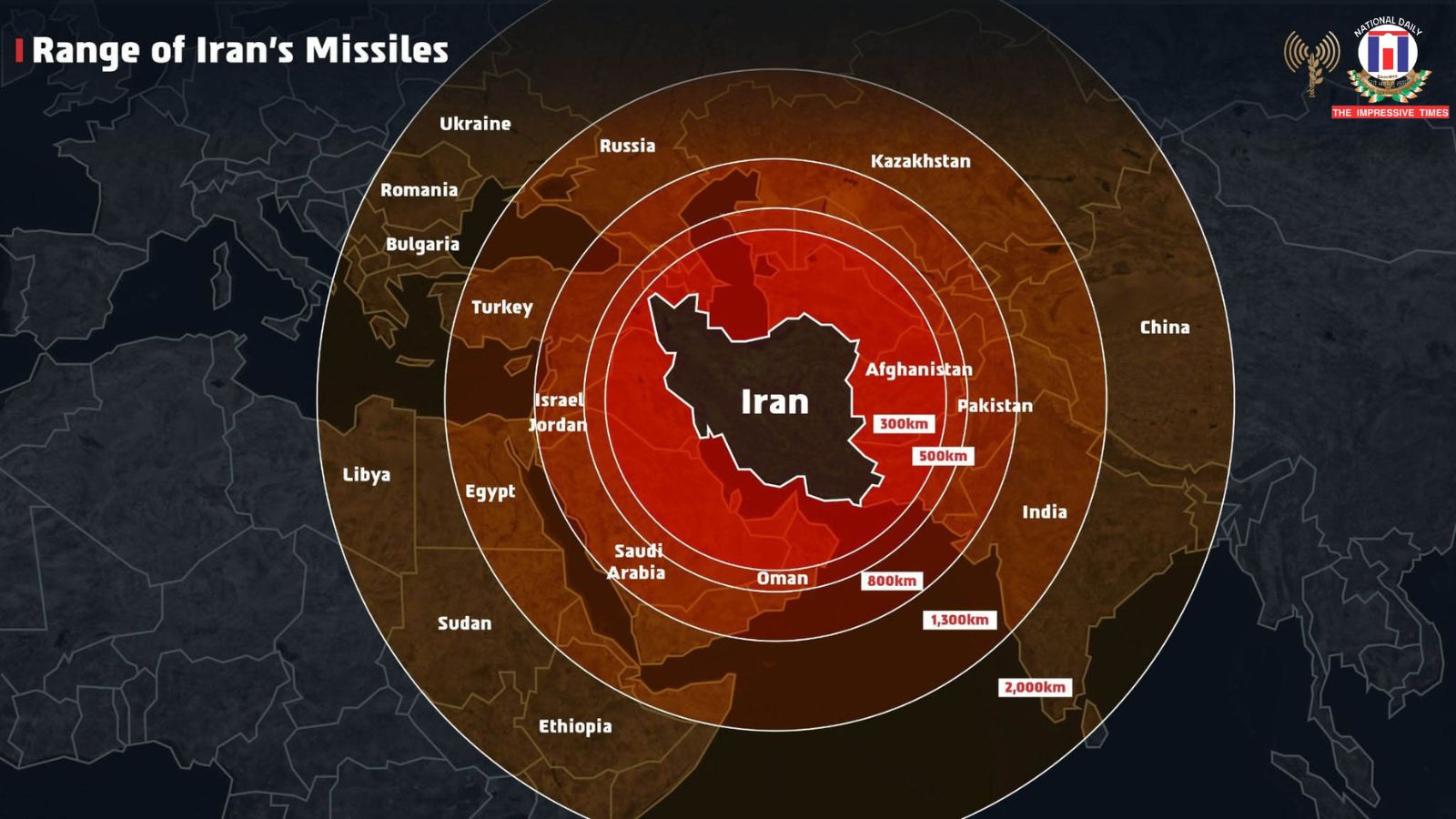
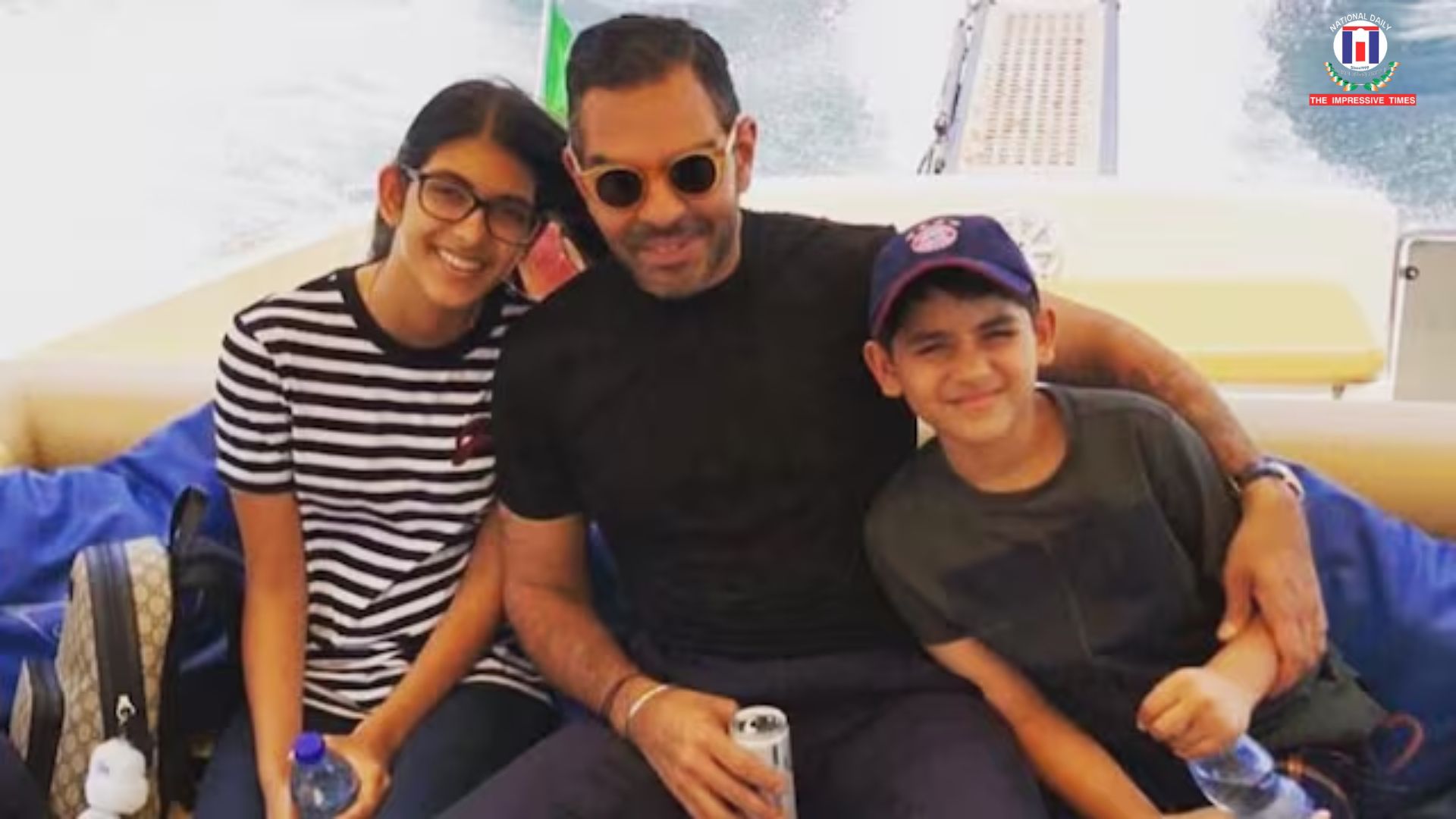
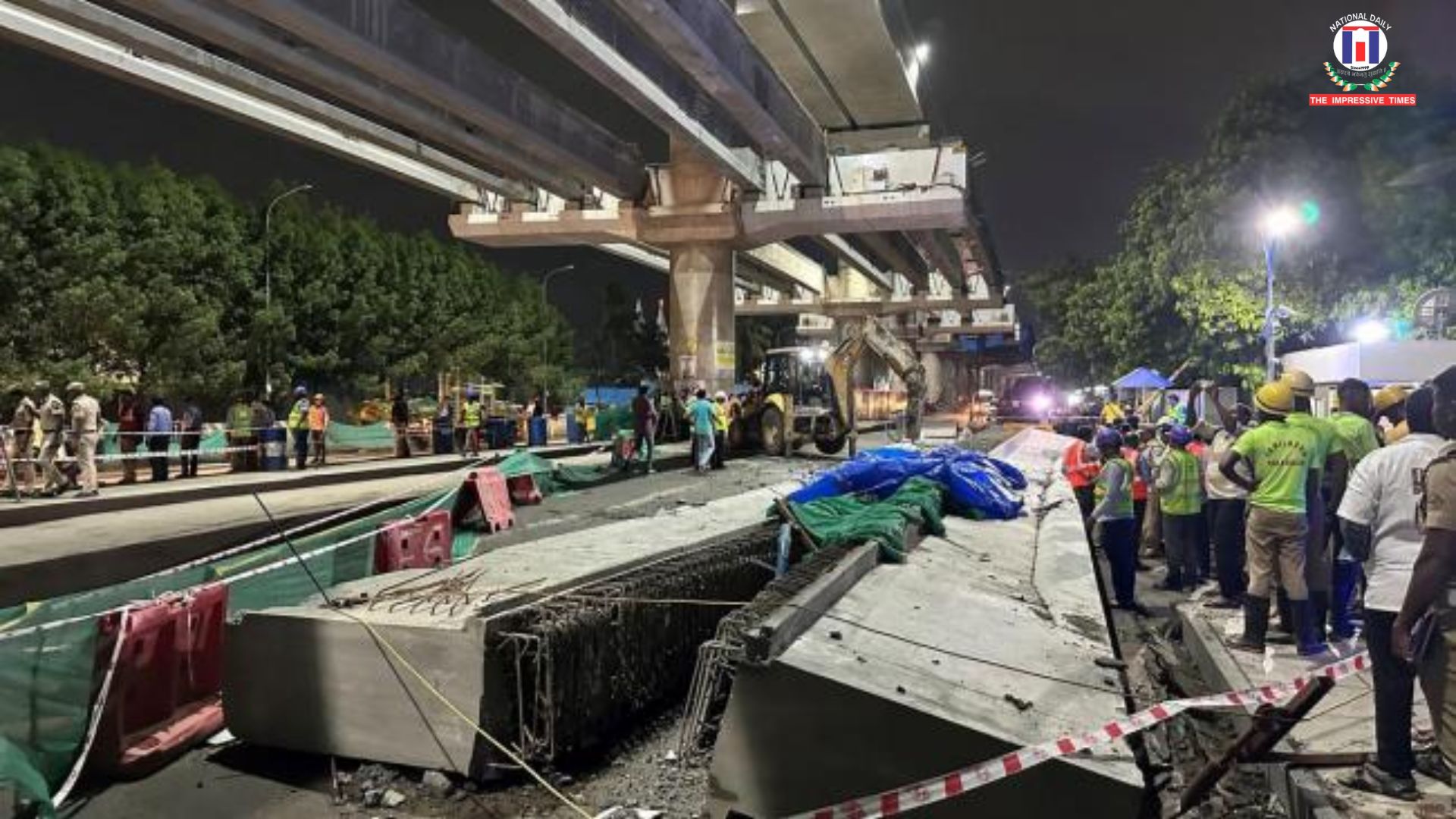


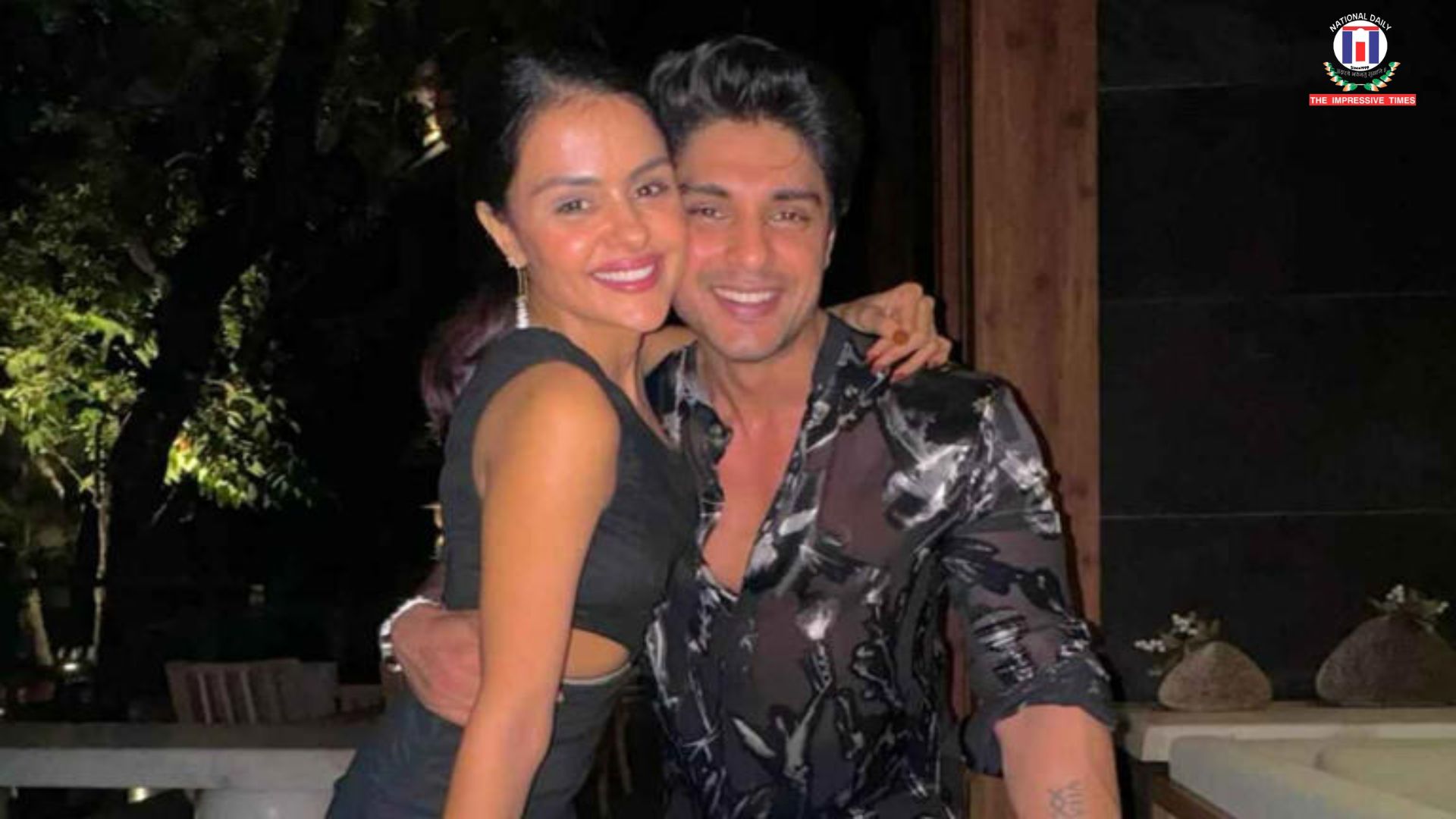
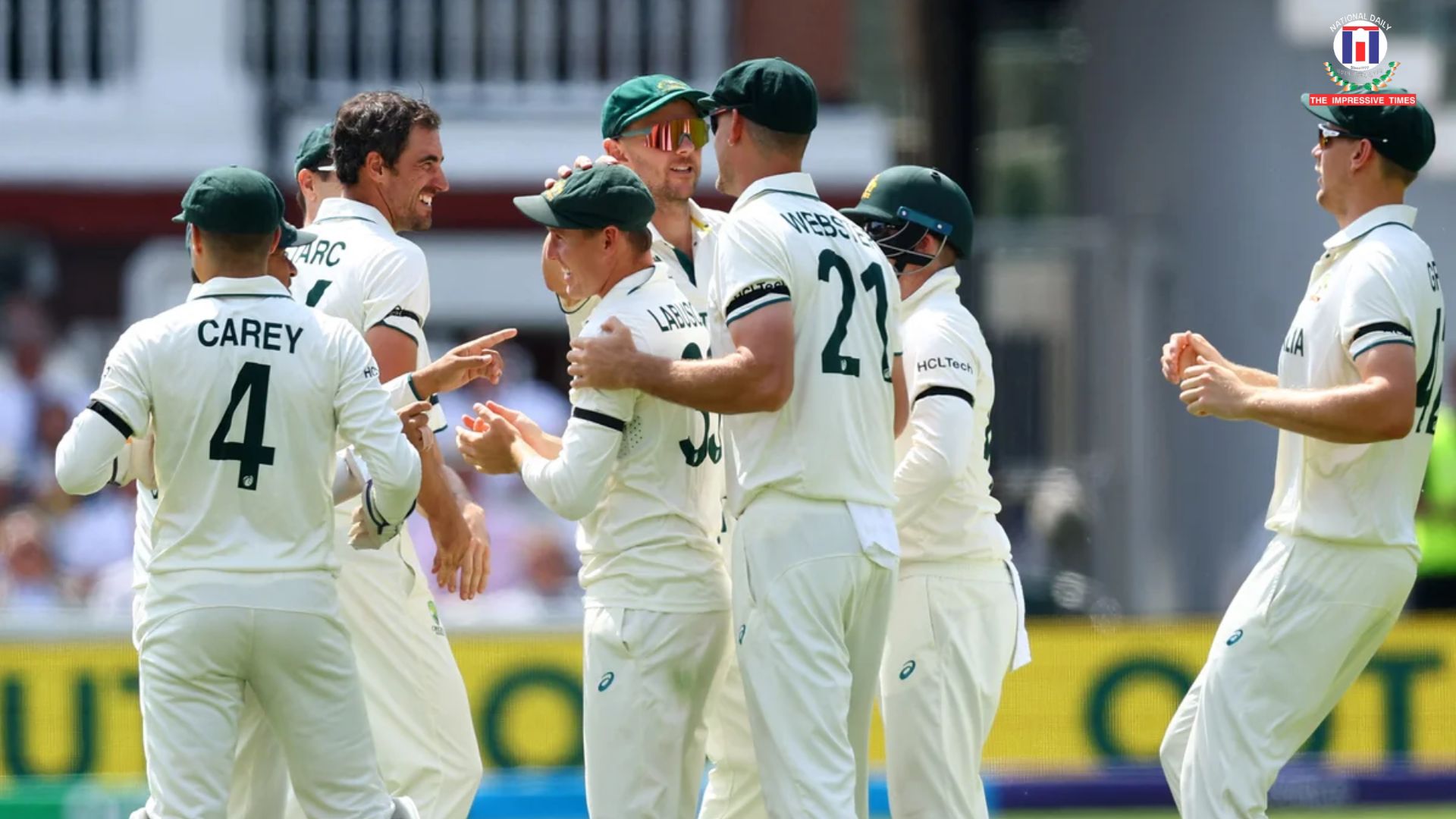

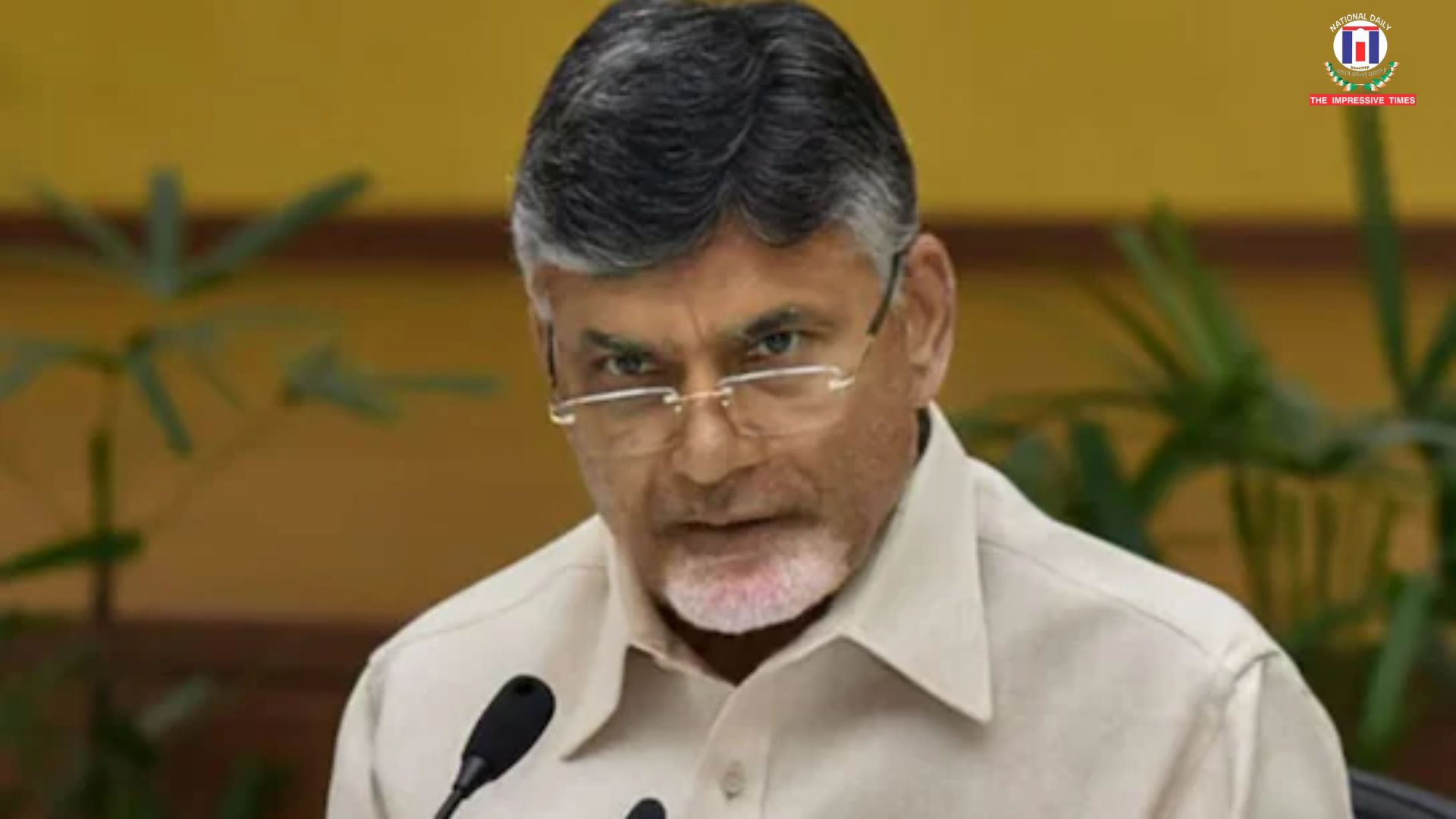

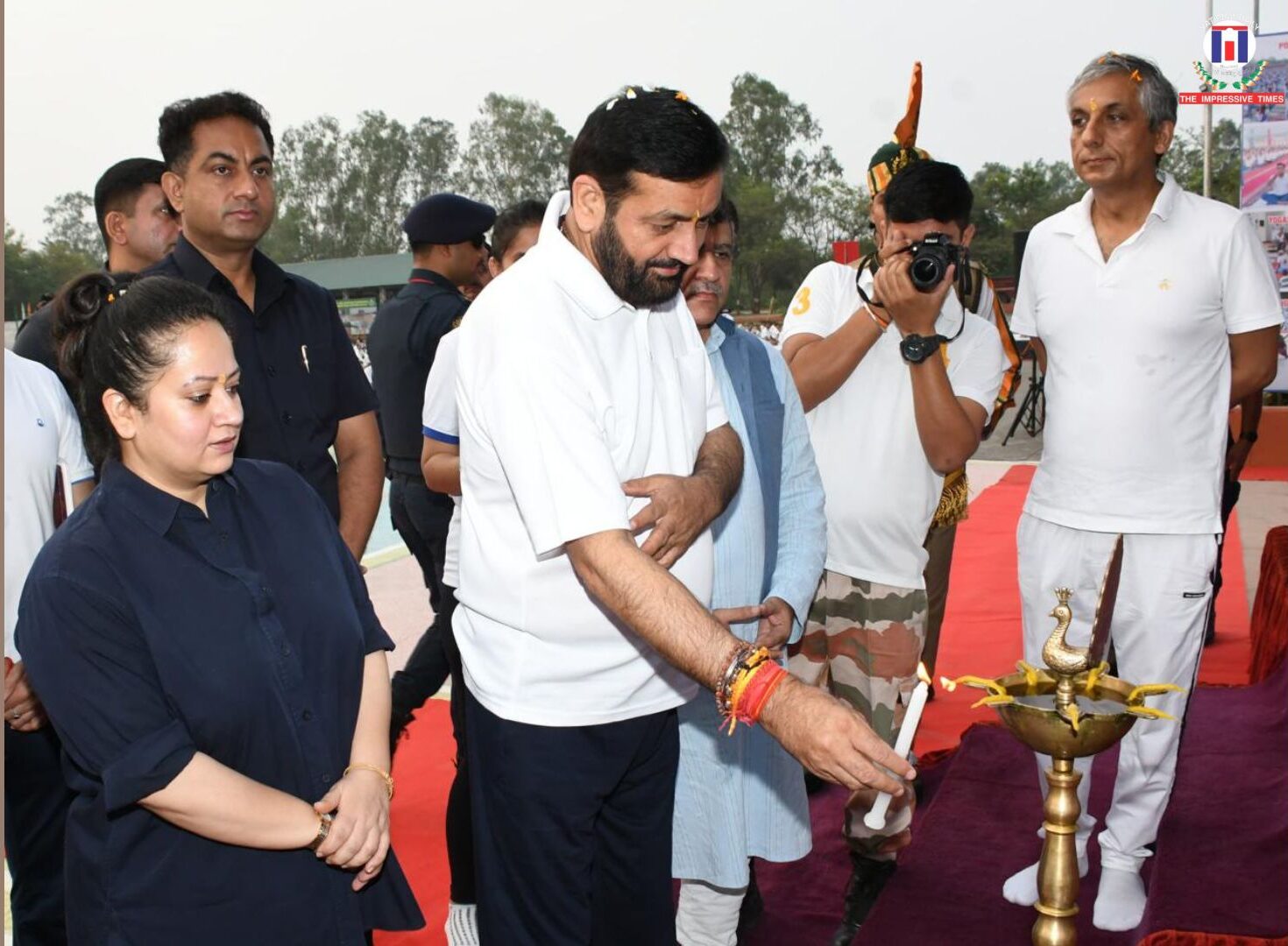

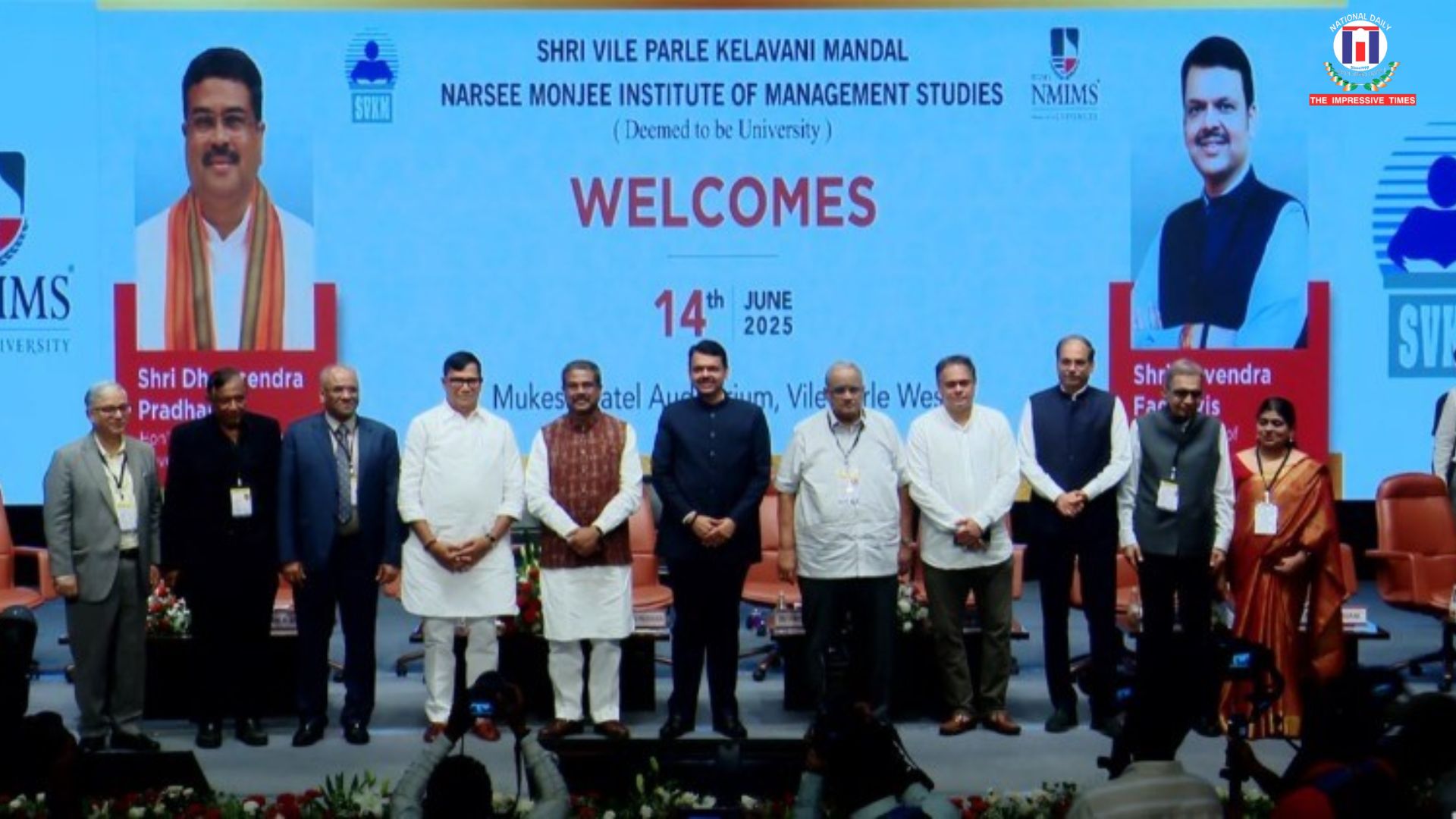

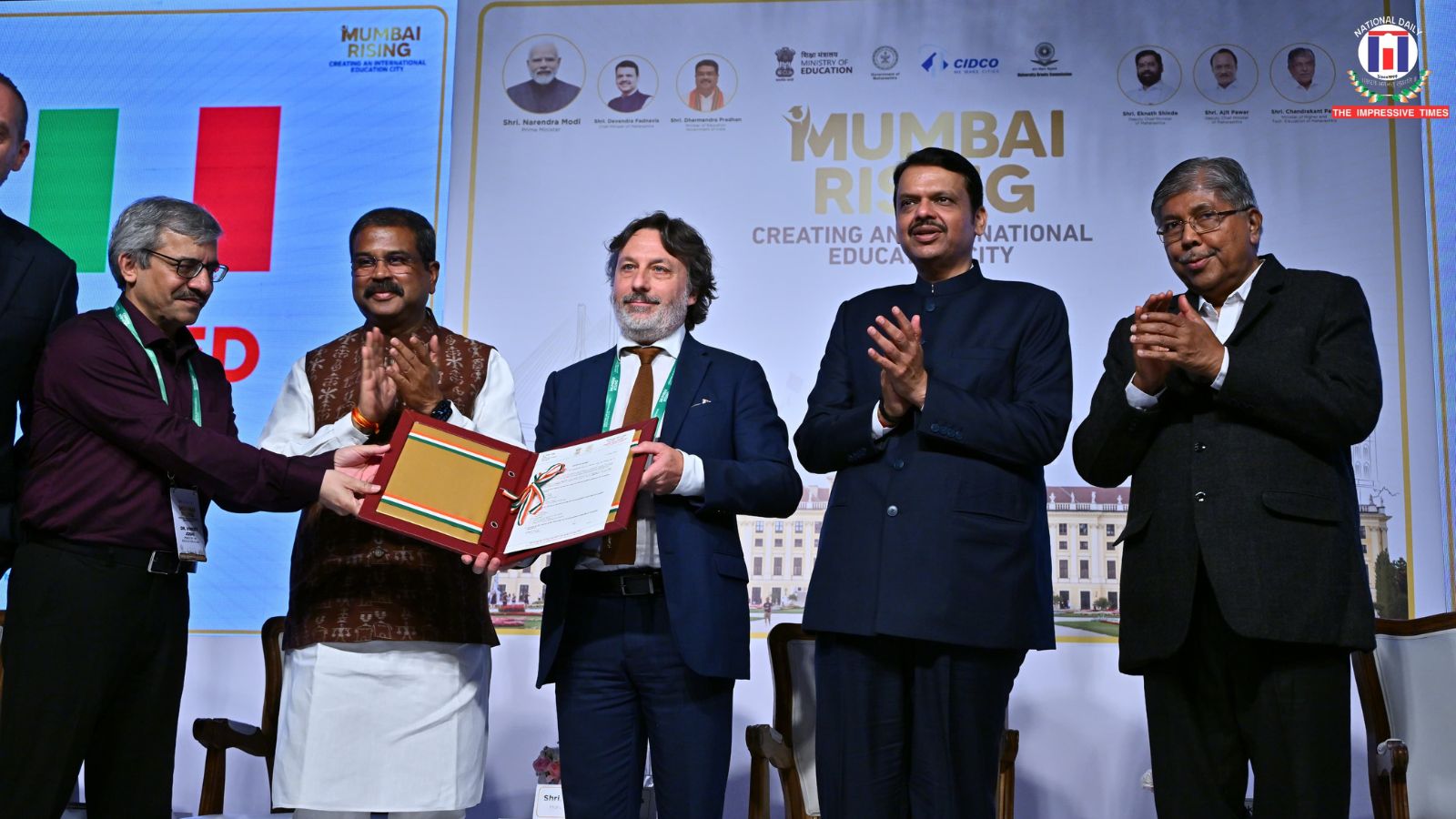

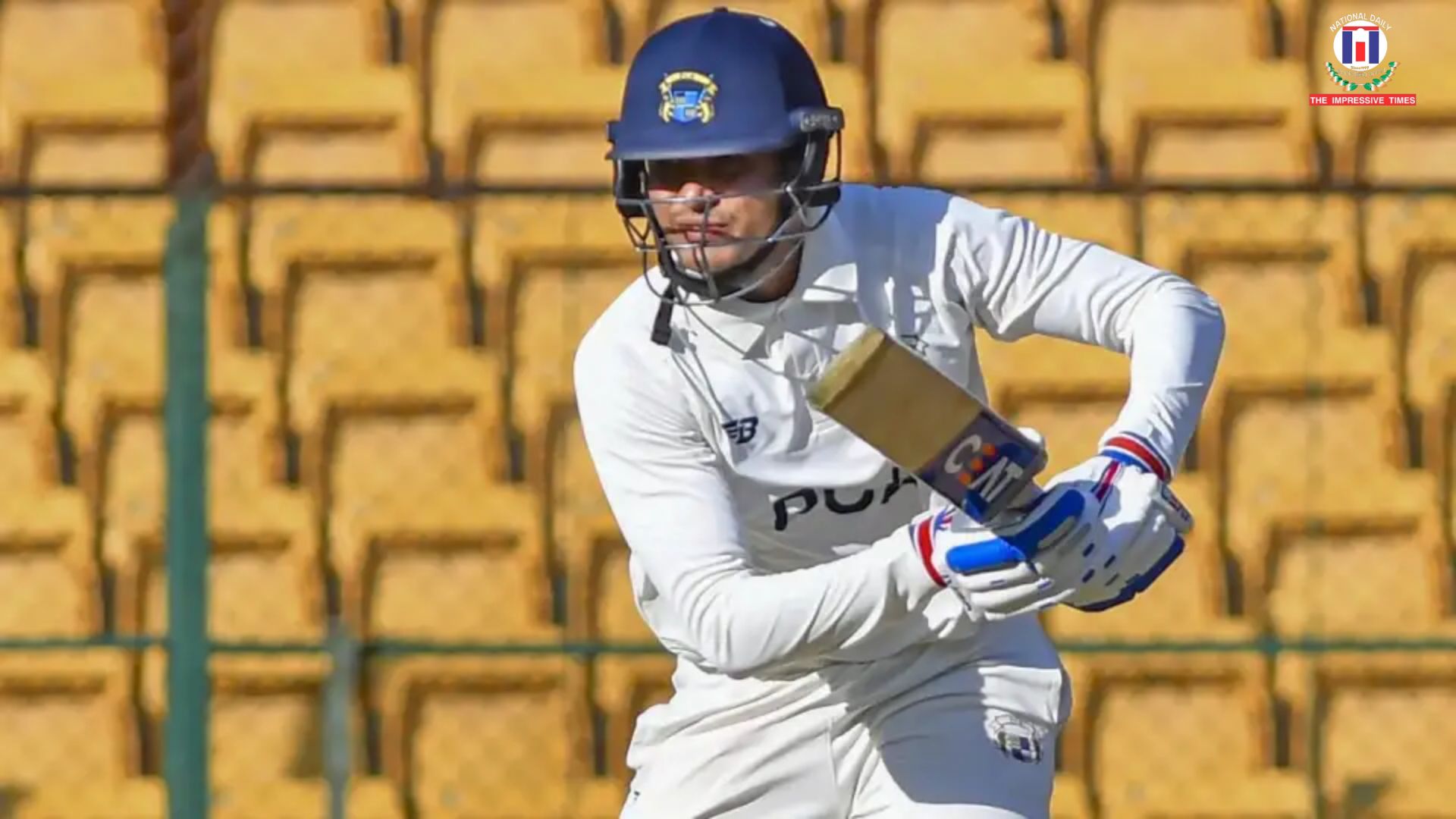


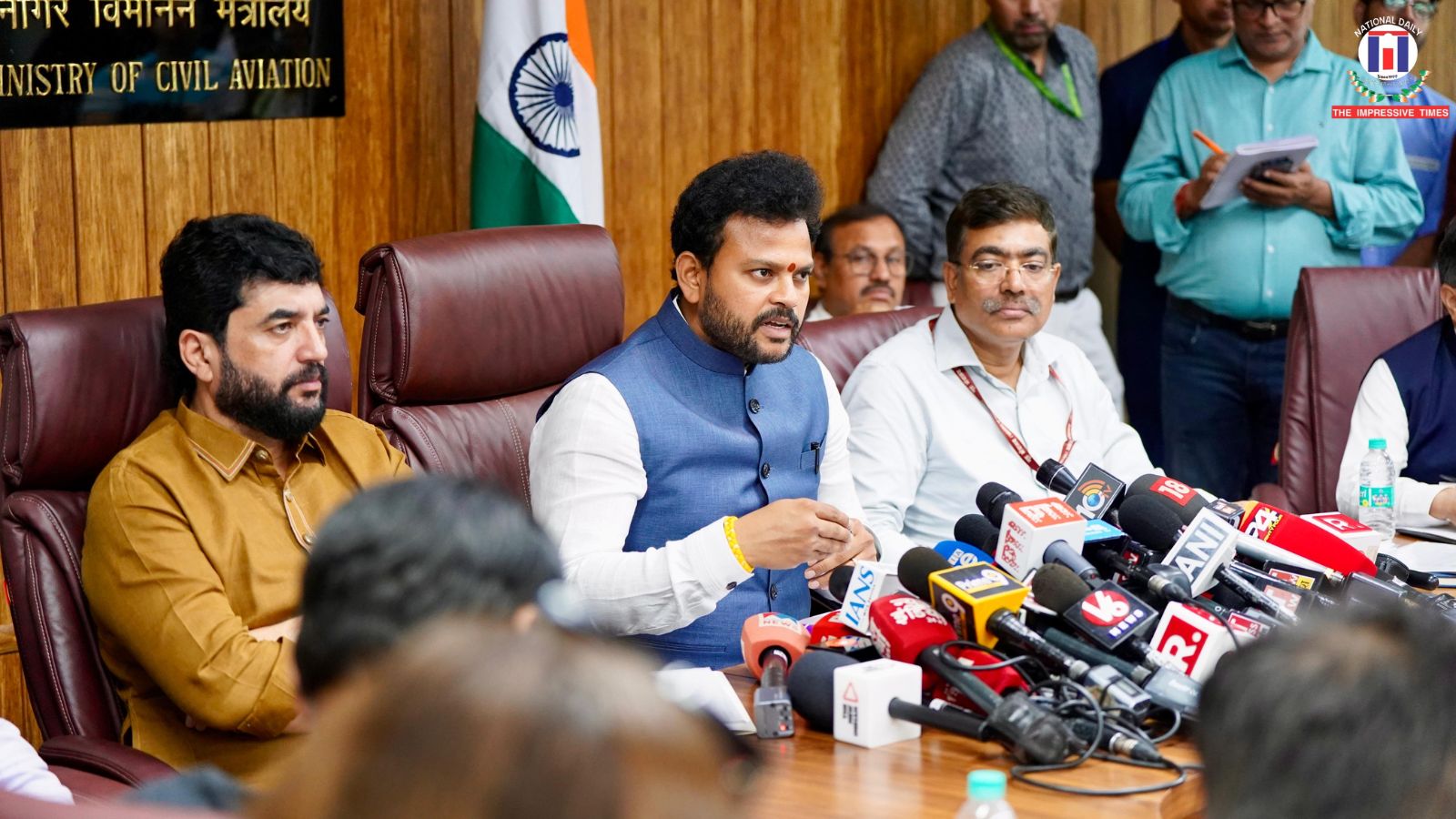
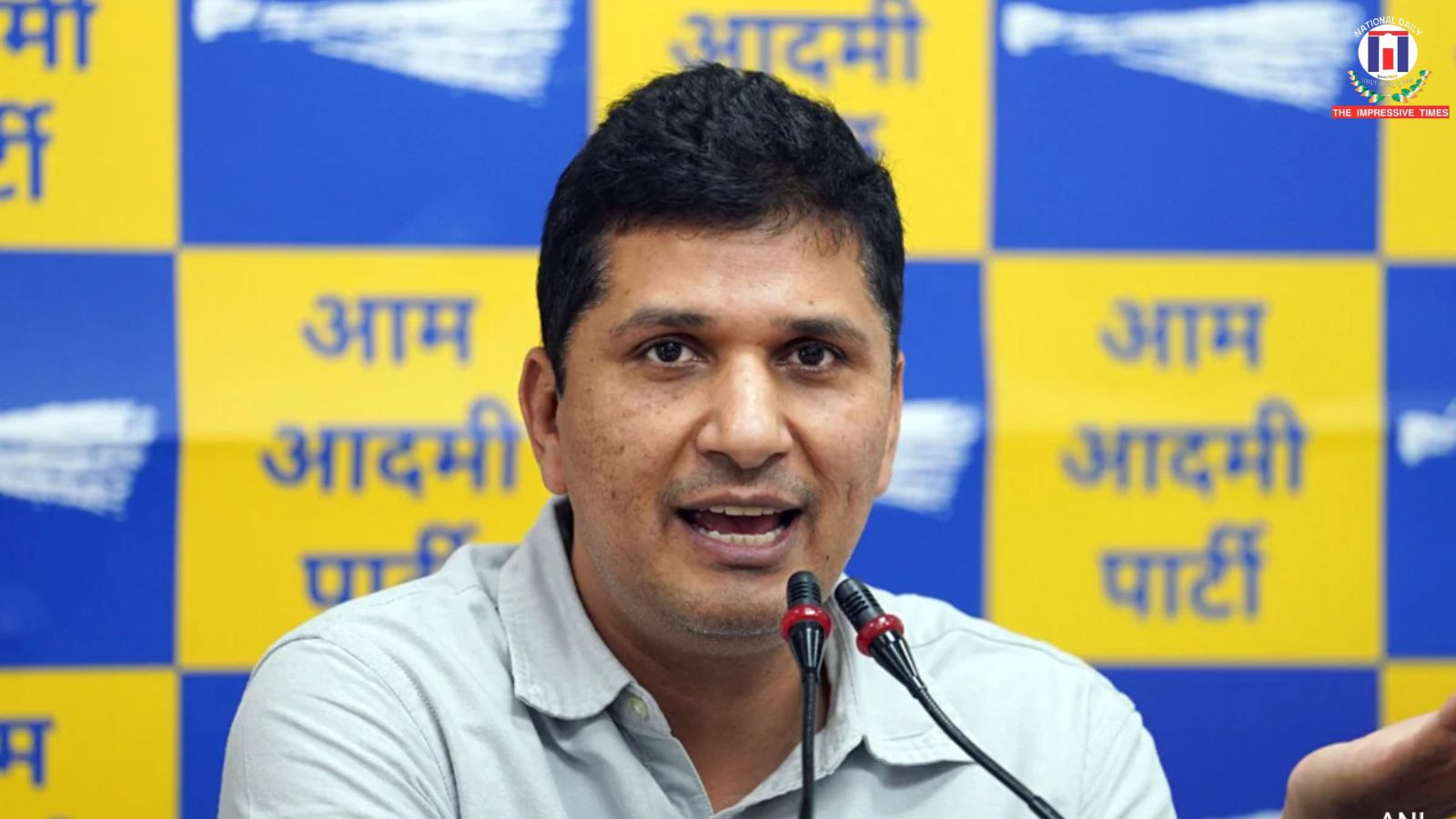
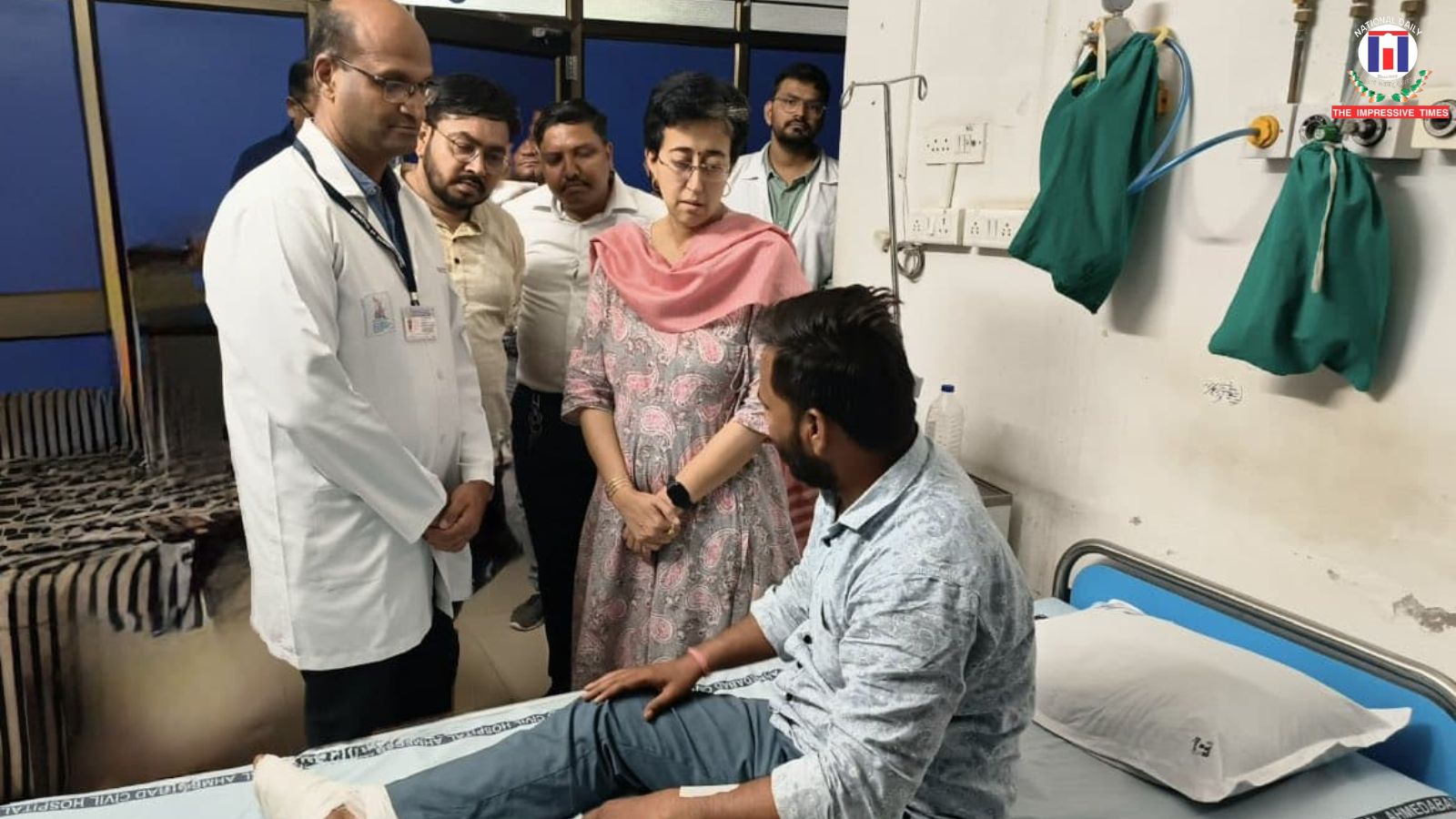
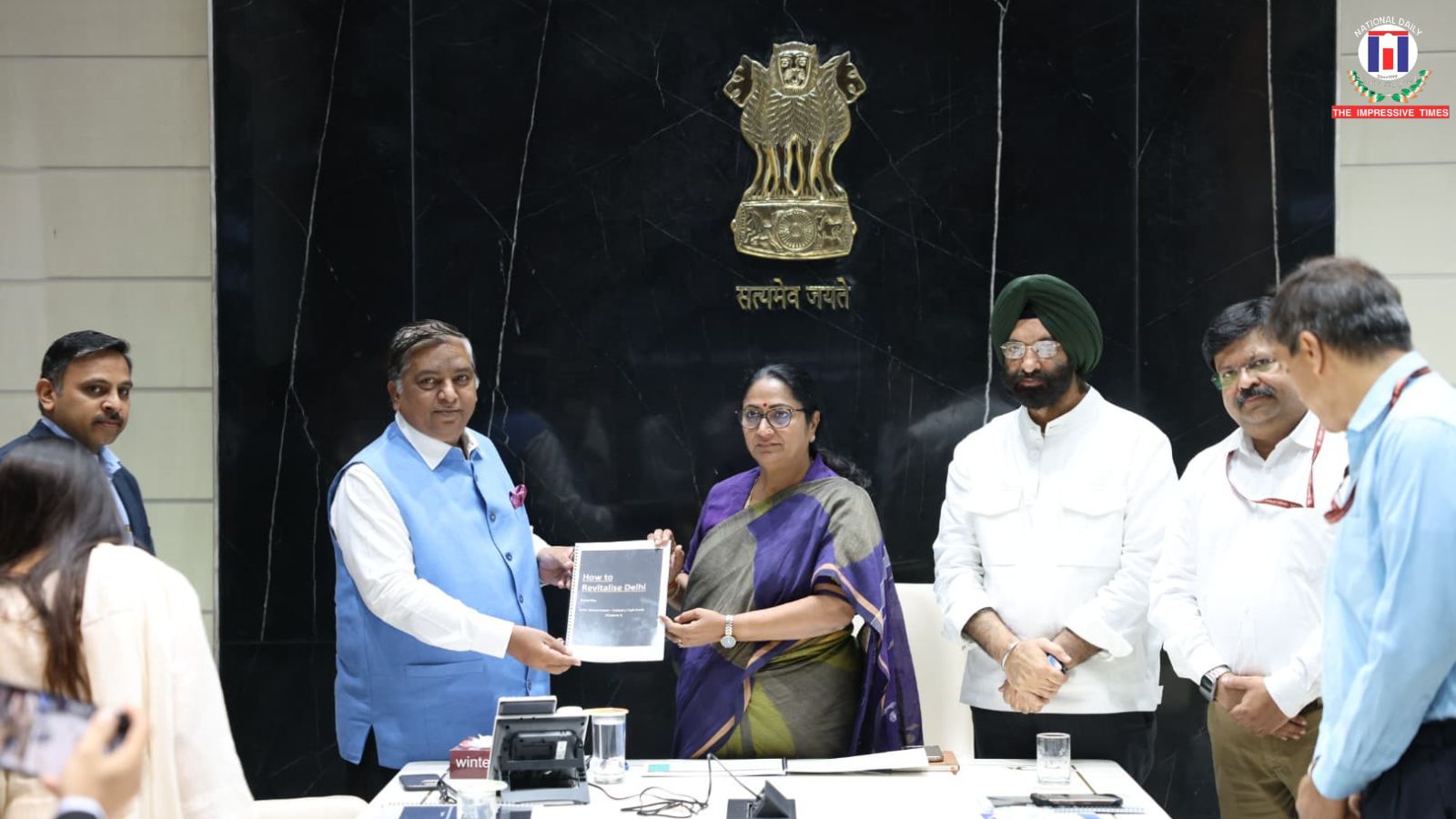

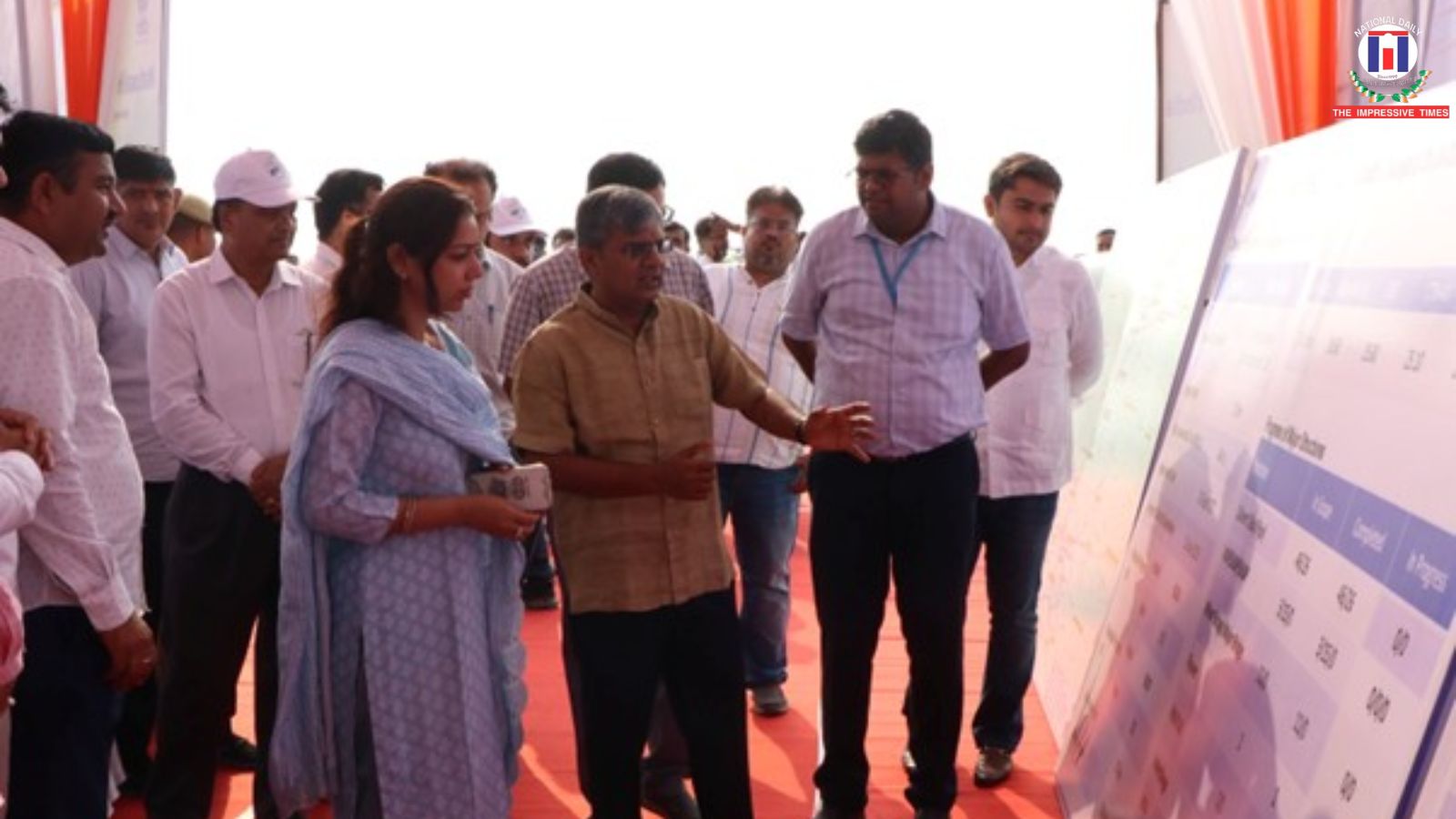
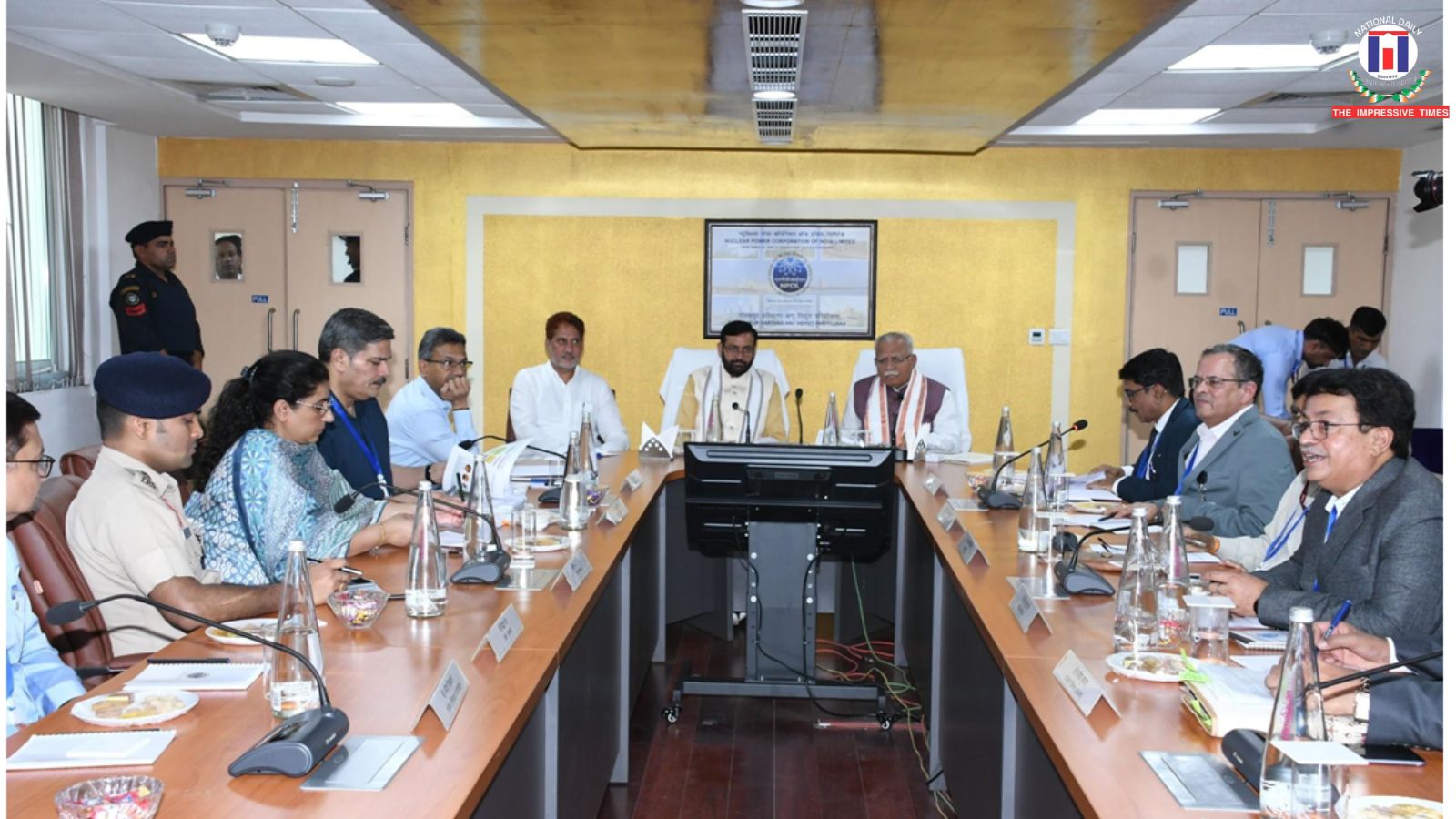
No Comments: